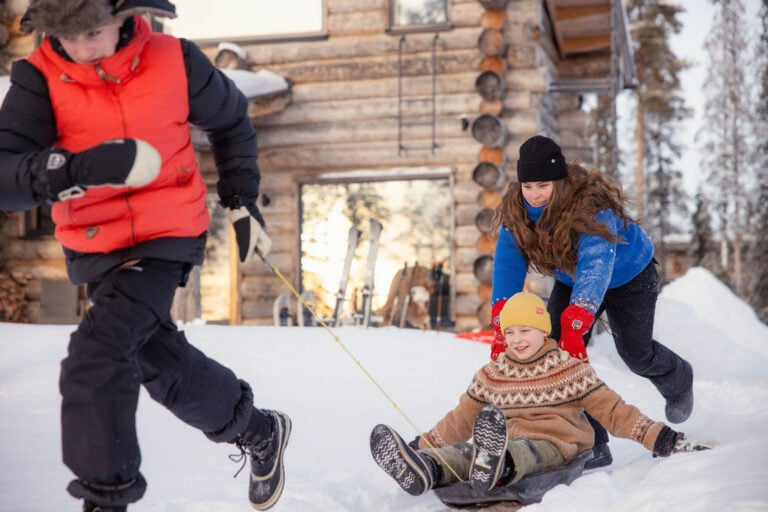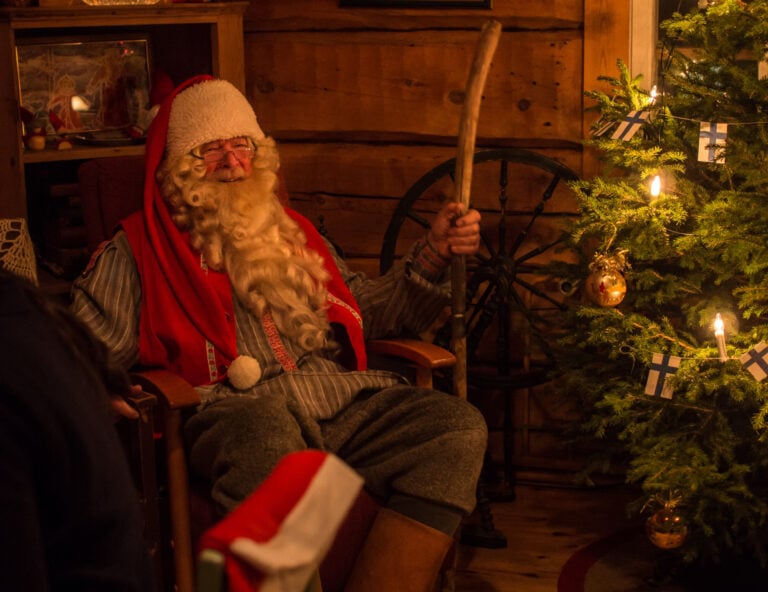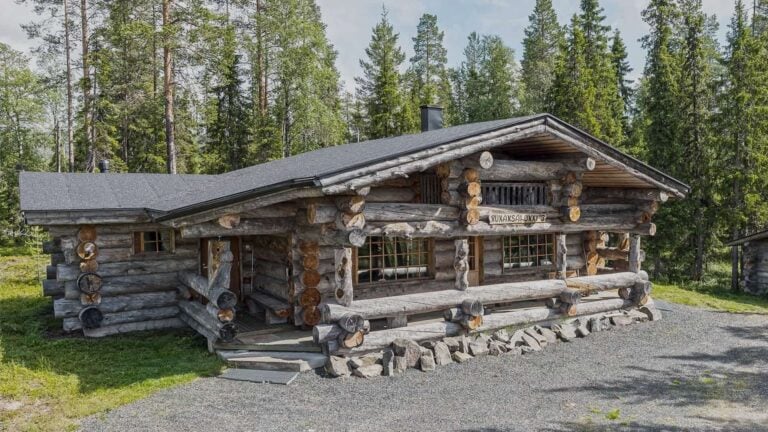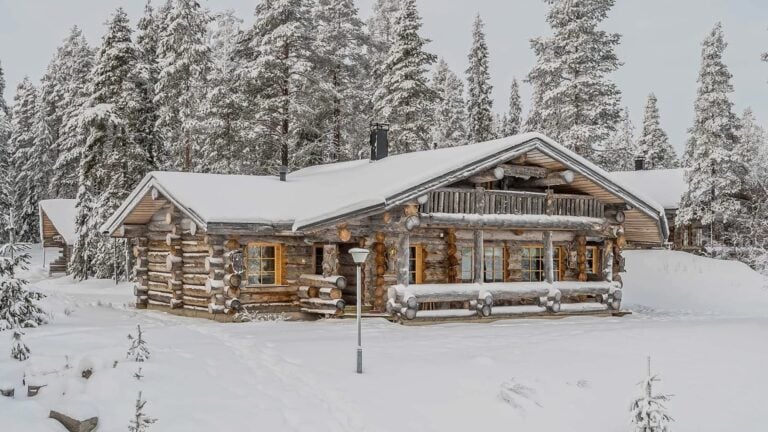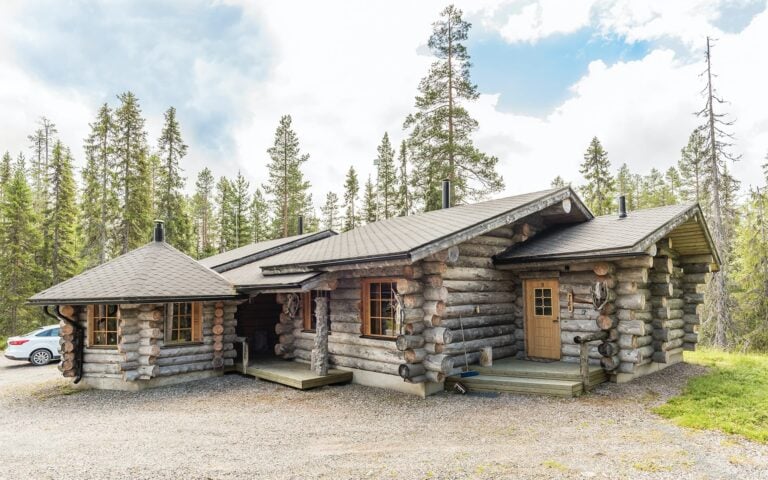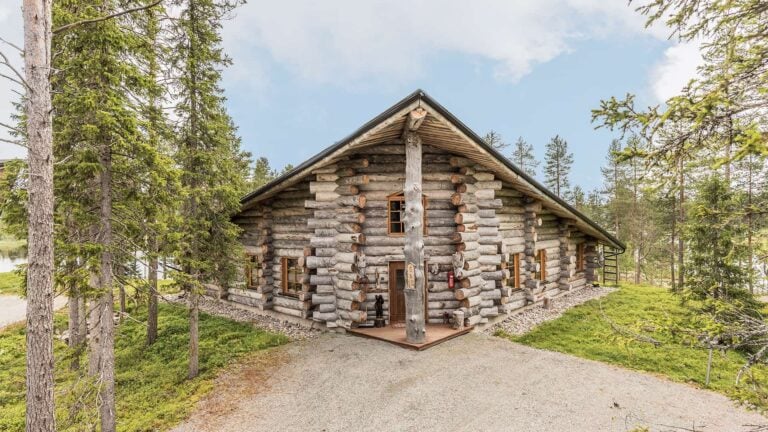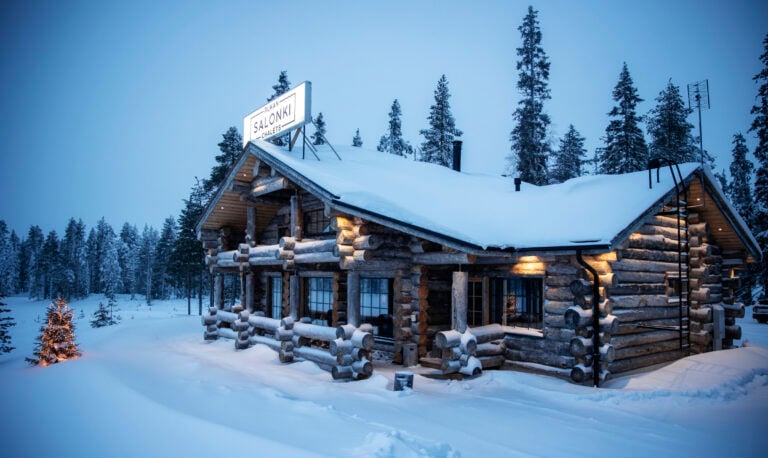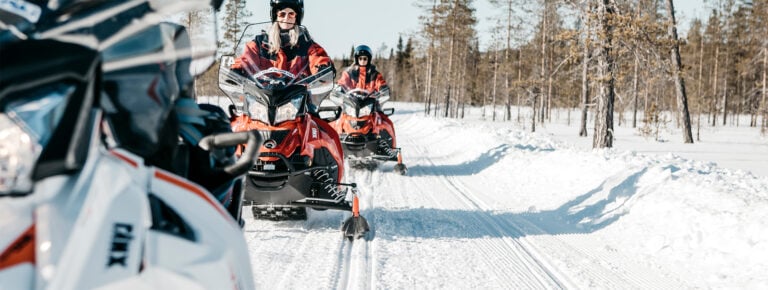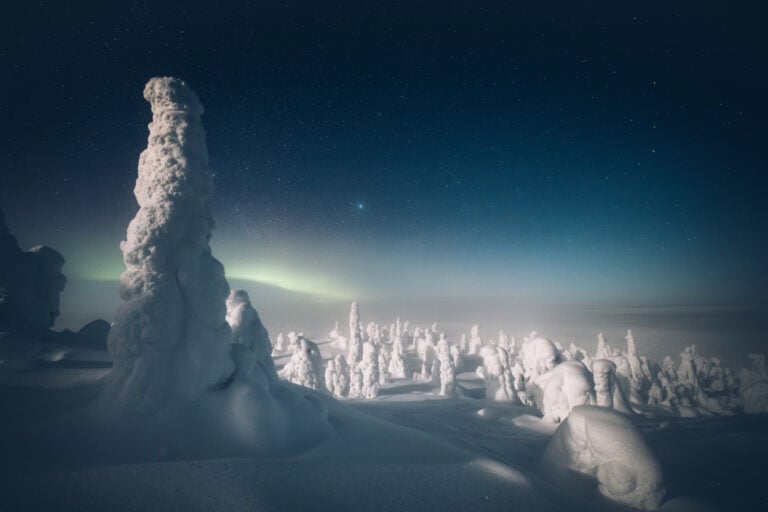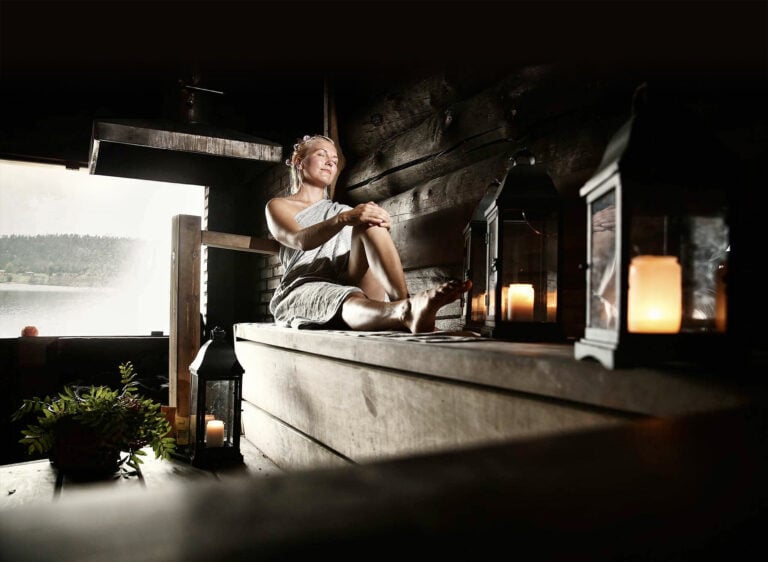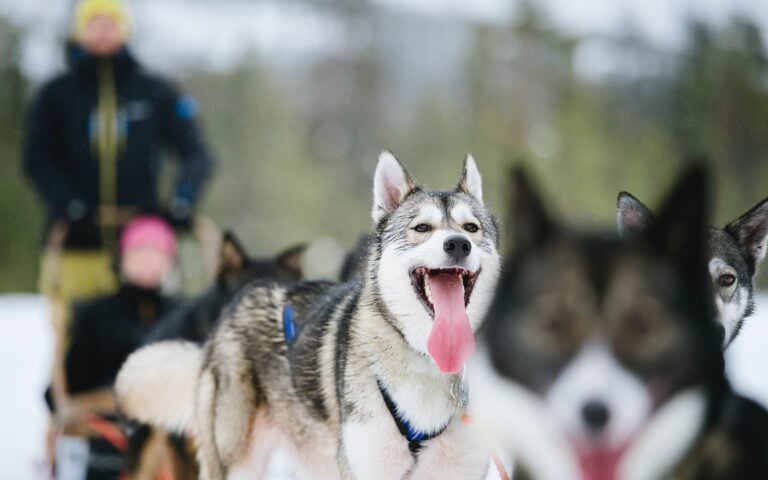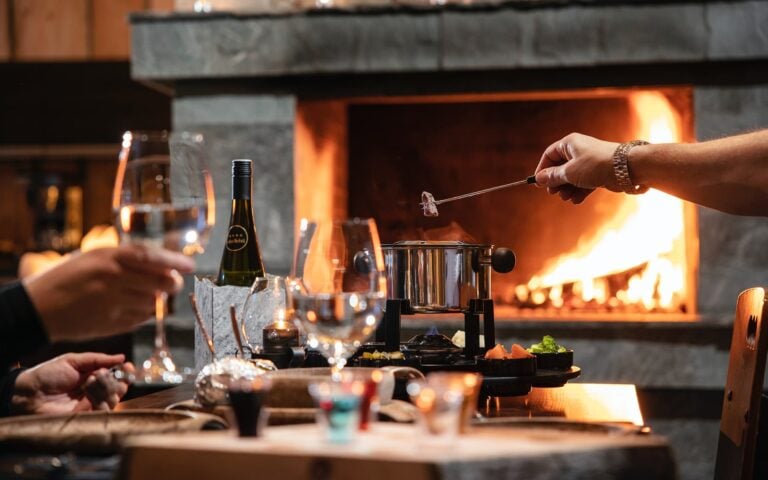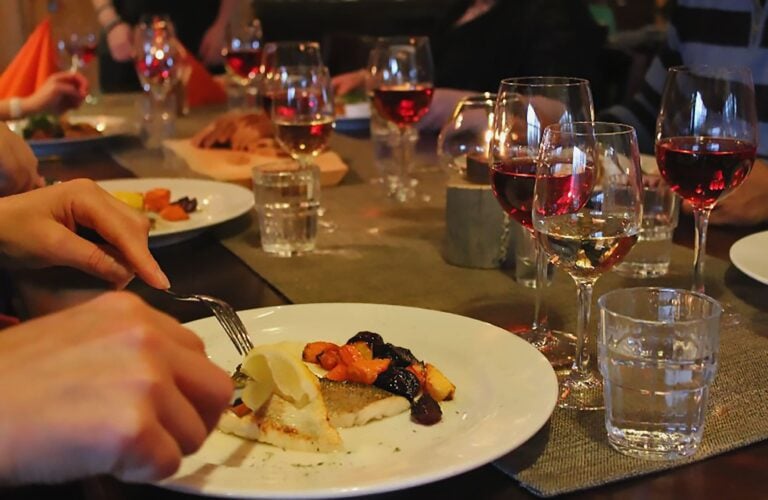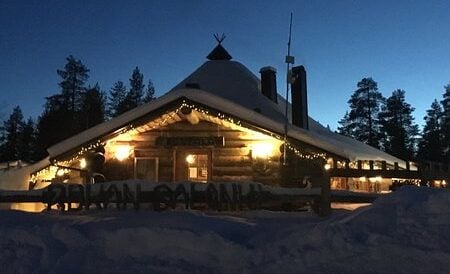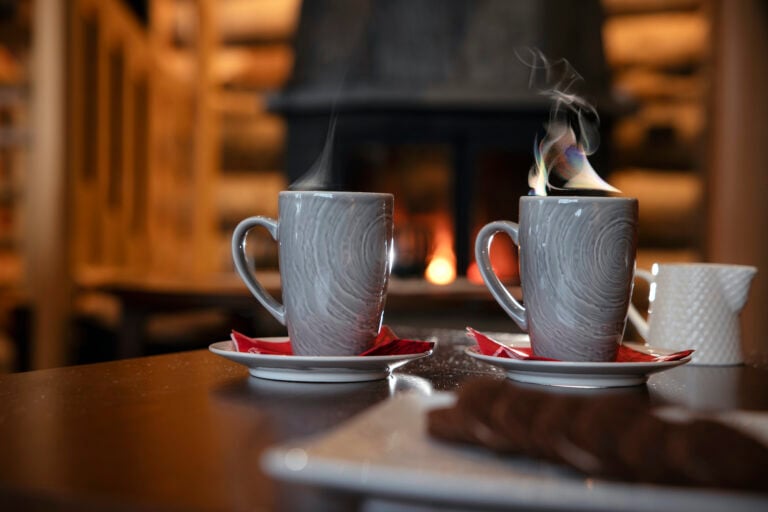What is the best way to see the northern lights?
The best way to see the northern lights is to travel to locations within or near the Arctic Circle during winter months, stay multiple nights to increase your chances, and position yourself away from light pollution under clear, dark skies. Successful viewing requires patience, flexibility, and understanding the conditions that make aurora displays possible. This guide answers the most important questions about planning your northern lights experience.
What are the northern lights and why do they appear?
The northern lights, or aurora borealis, are natural light displays that occur when charged particles from the sun collide with gases in Earth’s atmosphere. These collisions create stunning curtains of green, pink, red, and purple light that dance across the night sky. The phenomenon happens primarily near the magnetic poles because Earth’s magnetic field directs solar particles toward these regions.
The colours you see depend on which atmospheric gases are involved and at what altitude the collisions occur. Green, the most common colour, comes from oxygen molecules about 100 kilometres above Earth. Red auroras appear at higher altitudes, while nitrogen produces blue and purple hues. The intensity and frequency of displays depend on solar activity, which follows an eleven-year cycle of increased and decreased output.
Certain regions offer better viewing opportunities because of their proximity to the auroral oval, a ring-shaped zone around the magnetic poles where aurora activity is most frequent. Locations within the Arctic Circle benefit from this positioning, combined with the long periods of darkness needed to see the lights clearly. Finnish Lapland sits directly beneath this auroral zone, making it one of the most reliable places on Earth for witnessing this natural spectacle.
When is the best time to see the northern lights?
The best time to see the northern lights is between September and March, with peak viewing from December through February when darkness is longest. You need completely dark skies, which means viewing is only possible from late evening through early morning. The lights can appear any time after sunset, but the hours between 10 PM and 2 AM typically offer the most activity.
Winter months in the Arctic region provide the ideal combination of extended darkness and clear, cold weather. While the northern lights actually occur year-round, you cannot see them during summer months near the Arctic Circle because the sun never fully sets. The autumn and spring equinoxes (September and March) often bring increased geomagnetic activity, making these shoulder seasons excellent for aurora hunting.
Solar activity cycles also influence viewing success. The sun follows an eleven-year pattern of increased and decreased activity. During solar maximum periods, aurora displays are more frequent and intense, sometimes visible at lower latitudes. However, even during solar minimum, the northern lights appear regularly in prime viewing locations. Planning your trip for multiple consecutive nights significantly increases your chances of witnessing a display, regardless of where the sun sits in its activity cycle.
Where should you go to see the northern lights?
The best northern lights destinations are located within or near the Arctic Circle, where the auroral oval provides frequent displays. Top locations include northern Norway, Swedish Lapland, Finnish Lapland, Iceland, Alaska, and northern Canada. Each destination offers unique advantages in terms of accessibility, weather patterns, and viewing infrastructure.
Finnish Lapland, particularly regions like Ruka, combines several key advantages for aurora viewing. The area sits at the perfect northern latitude for consistent aurora activity whilst remaining easily accessible from major airports. The continental climate brings clearer skies than coastal locations, where cloud cover can obstruct viewing. Minimal light pollution in these wilderness areas means even moderate aurora displays appear vibrant and clear.
Ruka’s position near the Arctic Circle provides darkness from late afternoon through morning during winter months, creating extended viewing windows. The surrounding forests and frozen lakes offer dark, open spaces ideal for watching the sky. Many visitors choose holiday packages to Finland that combine aurora viewing with other winter activities, ensuring a fulfilling experience even on nights when the lights don’t appear. We offer accommodation options positioned away from artificial light, where you can watch for the aurora in comfort whilst enjoying the peaceful Arctic environment.
What conditions do you need for successful northern lights viewing?
Successful northern lights viewing requires clear, dark skies with minimal light pollution and active geomagnetic conditions. Cloud cover is the most common obstacle, as even thin clouds can obscure the aurora completely. You need darkness equivalent to at least several hours after sunset, which occurs naturally during Arctic winter. Solar activity must be sufficient to produce visible displays, though this happens regularly in prime viewing locations.
The KP index measures geomagnetic activity on a scale from 0 to 9, indicating aurora intensity and how far south displays might be visible. In locations like Finnish Lapland, KP levels of 2 or higher often produce visible auroras. Higher KP numbers mean more intense displays visible across wider areas. You can check aurora forecasts through various apps and websites that predict activity based on solar wind data and current conditions.
Temperature doesn’t affect whether auroras appear, but colder weather often correlates with clearer skies. Winter cold fronts push away clouds, creating the crisp, transparent conditions ideal for viewing. Light pollution from cities, street lights, and even moonlight can diminish visibility, so positioning yourself in dark areas away from artificial light sources makes a significant difference. The moon’s phase matters too, as a full moon creates enough ambient light to wash out fainter aurora displays.
Experience a guided northern lights safari
For those seeking an unforgettable aurora hunting experience, a guided northern lights safari offers the perfect combination of adventure and expertise. When the world is asleep, brave Northern Light hunters embark on a midnight adventure in a luxurious, heated AURORA-Wagon, travelling to the best vantage points for witnessing the breathtaking Aurora Borealis.
The three-hour journey takes you gliding over frozen lakes, through misty forests, and across deep snow, with a little luck all beneath a sky shimmering with moonlight, stars and maybe even Northern Lights. Along the way, you’ll enjoy warm drinks and a lovely snack in a lantern-lit kota whilst your guide shares fascinating insights about the Northern Lights and helps you capture them with your own camera. This guided experience ensures you’re positioned in the optimal locations at the right times, significantly increasing your chances of witnessing this natural phenomenon whilst enjoying the beautiful Arctic landscapes in comfort.
The safari is priced at €120 per adult and €80 per child (ages 4-11), with tasty snacks and hot drinks included. This type of organized aurora hunt takes the guesswork out of finding the best viewing spots and provides expert knowledge about when and where the lights are most likely to appear, making it an excellent option for visitors who want to maximize their chances of seeing the aurora borealis.
How can you increase your chances of seeing the northern lights?
Increasing your chances of seeing the northern lights starts with staying multiple nights in aurora viewing locations. Weather and solar activity vary daily, so a three to five night stay dramatically improves your odds compared to a single night. Choose accommodation situated away from city lights where you can easily step outside to check the sky throughout the evening.
Patience and flexibility are essential for successful aurora hunting. The lights rarely appear on schedule, so being willing to stay up late or wake during the night increases your opportunities. Download aurora forecast apps that send alerts when activity increases, allowing you to respond quickly when conditions become favourable. Many visitors set alarms to check the sky periodically rather than staying outside in freezing temperatures for hours.
Combining northern lights viewing with other winter activities creates a rewarding trip regardless of aurora activity levels. During your stay in Finnish Lapland, you can enjoy activities like snowmobiling, cross-country skiing, husky safaris, and experiencing traditional sauna culture. Our holiday packages to Finland include accommodation in traditional log chalets positioned for optimal aurora viewing, along with access to various winter activities. This approach ensures you enjoy your Arctic experience fully, with the northern lights as an extraordinary highlight rather than the sole focus of your journey.
The northern lights remain one of nature’s most captivating phenomena, and witnessing them requires understanding the science behind their appearance, choosing the right location and timing, and approaching the experience with realistic expectations. Finnish Lapland offers an ideal combination of reliable viewing conditions, comfortable accommodation, and diverse activities that make your aurora adventure memorable whether the lights dance brilliantly overhead or hide behind clouds for a night or two.





